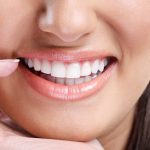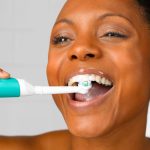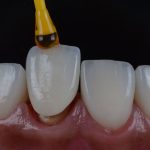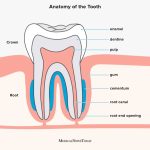5 Quick and Effective Ways to Relieve Sinus Pressure in Your Teeth

Sinus pressure can be an incredibly uncomfortable and painful experience, especially when it manifests in your teeth. It can cause a throbbing sensation in your teeth, making it difficult to chew or even talk. Sinus pressure in your teeth may be caused by various factors, including allergies, sinus infections, and even changes in altitude. Fortunately, there are quick and effective ways to relieve sinus pressure in your teeth, allowing you to go about your day without the discomfort. One of the most effective ways to relieve sinus pressure in your teeth is by using a warm compress. A warm compress can help to reduce inflammation and promote blood flow to the affected area, which can alleviate the pain and discomfort caused by sinus pressure. Simply soak a clean washcloth in warm water, wring out the excess water, and place it over your cheeks and nose. Repeat this process a few times a day to experience relief from sinus pressure in your teeth.
Sinus pressure is a common condition that occurs when the mucus membranes in the sinuses become inflamed and swollen. This can cause discomfort and pain in the face, head, and teeth. When the sinuses become blocked, pressure builds up, and the pain can be felt in the upper teeth, particularly in the back molars. The pain can be sharp, throbbing, or constant, and it can make it difficult to eat, talk, or even breathe. In some cases, sinus pressure can also lead to tooth sensitivity, making your teeth more susceptible to pain and discomfort. It is essential to address sinus pressure promptly to prevent it from causing further complications and discomfort.
Nasal Irrigation
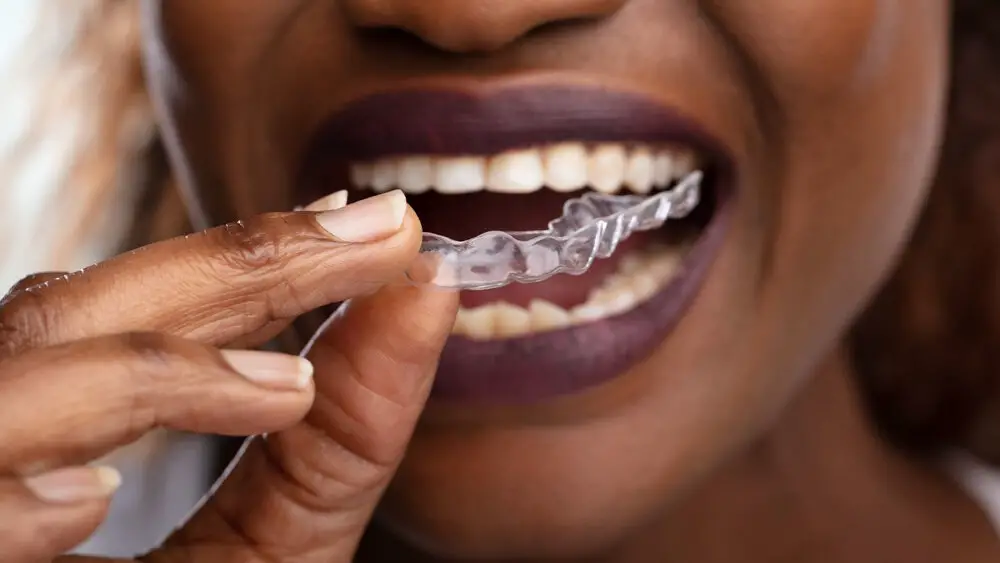
Nasal irrigation is a technique that involves flushing out your nasal passages with a saline solution using a special neti pot or nasal spray. This process helps to clear out excess mucus and allergens from your sinuses and reduce inflammation, which can relieve sinus pressure in your teeth. Nasal irrigation is a safe and effective method for managing sinus congestion and pressure, and it can be done daily to help prevent future sinus issues. To perform nasal irrigation, you will need to purchase a neti pot or nasal spray from your local drugstore or online. Mix a saline solution according to the instructions provided, and then lean your head over a sink. Insert the spout of the neti pot into one nostril and tilt your head to the side, allowing the solution to flow through your nasal passages and out the other nostril. Repeat on the other side, and then blow your nose to remove any remaining solution and mucus. You should feel immediate relief from sinus pressure and congestion after performing nasal irrigation.
Nasal irrigation is a process of flushing out the nasal passages with a saline solution. This technique is also known as nasal wash or nasal douche. The process involves using a neti pot, squeeze bottle, or bulb syringe to pour the saline solution into one nostril and let it flow out of the other. Nasal irrigation helps to clear out mucus and allergens from the nasal passages, which can relieve sinus pressure, congestion, and even tooth pain associated with sinusitis. This process is safe and effective, and can be done daily as part of a regular hygiene routine for those who suffer from chronic sinus issues.
Nasal irrigation is a simple yet effective way to relieve sinus pressure. To perform nasal irrigation, you’ll need a neti pot or nasal irrigator filled with a saline solution. Stand over a sink or in the shower and tilt your head to the side. Insert the spout of the neti pot or nasal irrigator into your upper nostril, and allow the solution to flow through your nasal passages and out of your lower nostril. Repeat on the other side. Nasal irrigation helps to flush out excess mucus and irritants, reducing inflammation and pressure in the sinuses. It’s important to use sterile water and follow proper hygiene practices to avoid infection. Nasal irrigation can be done daily or as needed for relief.
Steam Therapy
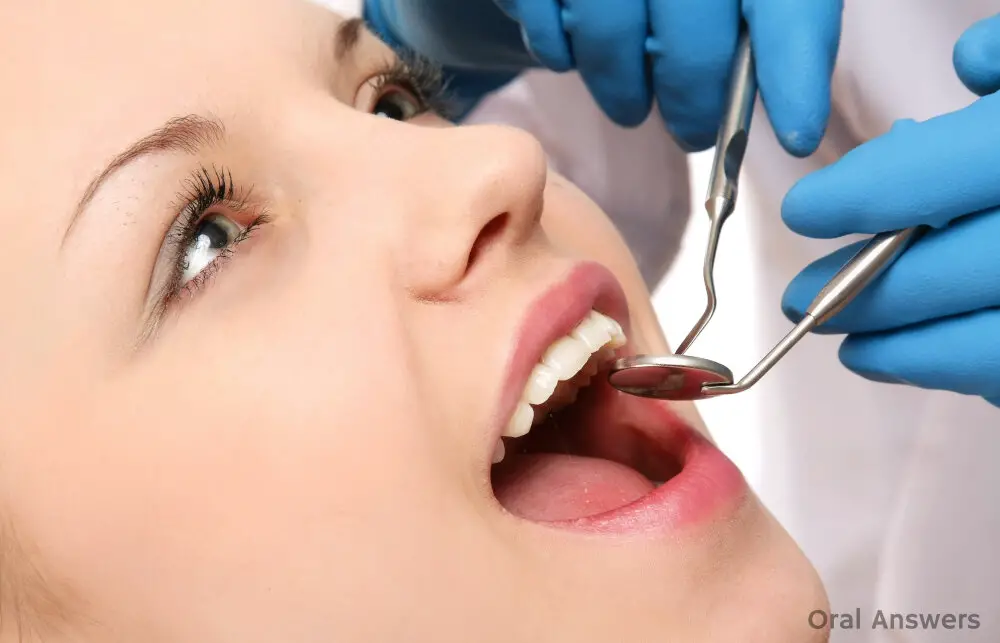
Steam therapy is a simple yet effective way to relieve sinus pressure in your teeth. By inhaling steam, you can help to reduce inflammation and congestion in your sinuses, which can alleviate pain and discomfort in your teeth. To use steam therapy, fill a bowl with hot water and place your face over the bowl, covering your head with a towel to trap in the steam. Breathe deeply for 10-15 minutes, taking breaks as needed. You can also add essential oils like eucalyptus or peppermint to the water for added benefits. One of the benefits of steam therapy is that it is a natural and drug-free way to relieve sinus pressure. Unlike over-the-counter medications, steam therapy has no harmful side effects and can be done at home with minimal equipment. Additionally, steam therapy can be a relaxing and soothing experience, helping to reduce stress and promote overall wellness. By incorporating steam therapy into your self-care routine, you can not only relieve sinus pressure in your teeth but also improve your overall health and well-being.
Steam therapy is an effective and natural way to relieve sinus pressure in your teeth. This therapy works by warming and moistening the nasal passages, which helps to loosen up the mucus and clear the sinuses. When the steam is inhaled, it helps to reduce inflammation in the nasal passages and promotes better airflow in the sinuses. The warm and moist air also helps to soothe irritated nasal tissues, providing relief from sinus pain and pressure. Additionally, steam therapy can help to improve blood circulation in the sinuses, which can help to reduce congestion and improve breathing. Overall, steam therapy is a safe and natural way to alleviate sinus pressure in your teeth and promote better respiratory health.
Steam therapy is a great natural way to relieve sinus pressure. To perform steam therapy, boil water in a pot and let it cool slightly. Then, place a towel over your head and lean over the pot, inhaling the steam for about 10-15 minutes. You can add essential oils like eucalyptus or peppermint to the water for added benefits. The steam will help to loosen any mucus in your sinuses, providing relief from pain and pressure. Be careful not to burn yourself, and if you experience any discomfort, stop the therapy immediately. Steam therapy is a simple and effective way to alleviate sinus pressure and can be performed multiple times a day for maximum benefit.
Acupressure
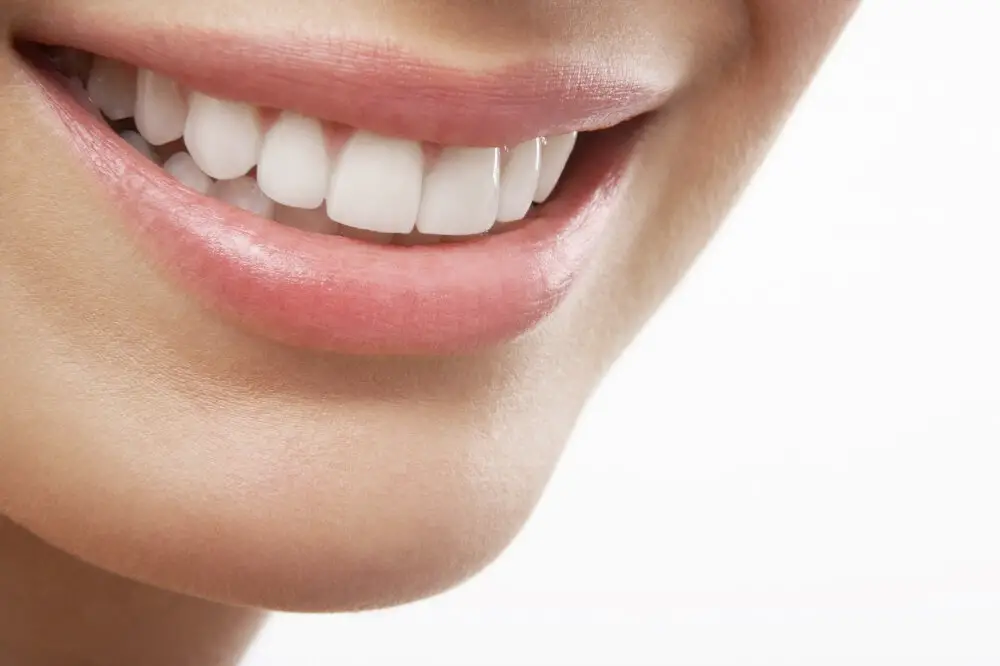
Acupressure is a traditional Chinese medicine technique that involves applying pressure to specific points on the body to relieve pain and promote healing. This technique has been used for centuries to treat a variety of ailments, including sinus pressure and pain. The pressure points that are targeted in acupressure for sinus relief are located on the face, neck, and hands, and are believed to help improve circulation, reduce inflammation, and promote the flow of energy throughout the body. Some of the most effective acupressure points for sinus relief include the bridge of the nose, the temples, and the base of the skull. Acupressure is a safe and non-invasive way to relieve sinus pressure in your teeth. By applying pressure to specific points on the body, you can help to promote the body’s natural healing process, reduce inflammation, and alleviate pain. Additionally, acupressure can also help to relieve other symptoms associated with sinus pressure, such as headaches, congestion, and facial pain. If you are looking for a quick and effective way to relieve sinus pressure in your teeth, consider giving acupressure a try. With a little practice and patience, you can learn to apply pressure to the right points on your body and experience relief from your sinus symptoms in no time.
Acupressure is an ancient healing technique that is based on the principles of traditional Chinese medicine. It involves applying pressure with fingers, hands, or special tools to specific points on the body known as acupoints. These points are believed to be connected to various organs and systems in the body, and stimulating them can help to promote healing, reduce pain and inflammation, and improve overall health and wellbeing. In the context of relieving sinus pressure in the teeth, acupressure can be used to target specific points around the face, head, and neck that are believed to be connected to the sinuses, helping to relieve congestion and pain.
Acupressure is a simple and effective way to relieve sinus pressure. Begin by finding the acupressure point located on the bridge of your nose, just below the eyebrows. Place your index and middle fingers on this point and apply firm pressure for 30 seconds, then release. Next, move your fingers to the sides of your nose and apply pressure to the points where the cheekbones meet the nose. Hold for 30 seconds and release. Lastly, place your fingertips on the outer corners of your eyes where the eyebrows end and the temples begin. Apply pressure for 30 seconds and release. Repeat this sequence as needed throughout the day to relieve sinus pressure and promote overall relaxation.
OvertheCounter Medications
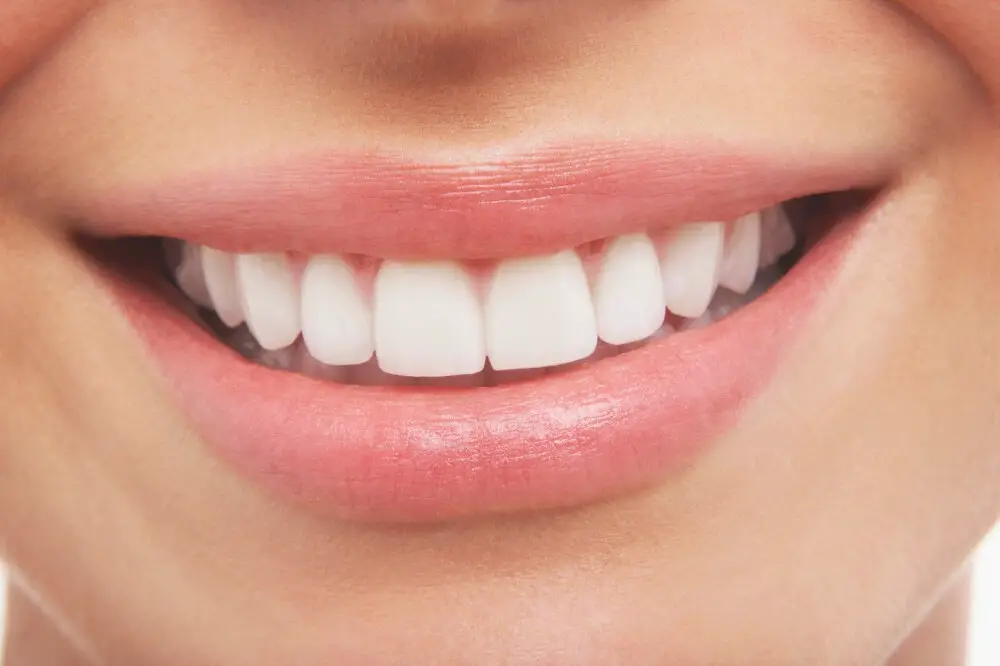
Over-the-counter medications can be a quick and effective way to relieve sinus pressure in your teeth. These medications are readily available without a prescription and can be purchased at most drug stores or supermarkets. Some common over-the-counter medications used for sinus pressure relief are decongestants, pain relievers, and nasal sprays. Decongestants work by narrowing the blood vessels in the nasal passages, reducing swelling and congestion. Pain relievers, such as acetaminophen or ibuprofen, can help alleviate the discomfort associated with sinus pressure. Nasal sprays may also be helpful in reducing inflammation and opening up the nasal passages. It is important to carefully follow the instructions on these medications and to be aware of any potential side effects. If symptoms persist or worsen, it is recommended to consult with a healthcare provider.
Over-the-counter medications are a convenient and accessible option for those seeking relief from sinus pressure. Antihistamines, decongestants, and pain relievers are all popular choices to alleviate symptoms. Antihistamines work by blocking the body’s histamine response, which can reduce swelling and inflammation in the sinuses. Decongestants can help to shrink swollen nasal passages and relieve congestion. Pain relievers, such as ibuprofen or acetaminophen, can provide temporary relief for sinus headaches. It is important to consult with a healthcare provider before taking any medication, as they can provide personalized recommendations and ensure that there are no potential interactions with other medications or health conditions.
When it comes to using medication to relieve sinus pressure in your teeth, it is important to first consult with a healthcare provider. They can recommend the appropriate medication and dosage for your specific condition. Over-the-counter pain relievers such as ibuprofen and acetaminophen can help to alleviate pain and reduce inflammation. Nasal decongestant sprays can also be effective in reducing sinus pressure, but should be used for no more than three days to avoid dependence. Additionally, saline nasal sprays or neti pots can help to flush out the sinuses and alleviate pressure. It is crucial to always read and follow the instructions on medication labels, and to never exceed the recommended dosage. If symptoms persist or worsen, seek medical attention.
If you suffer from sinus pressure that radiates to your teeth, there are several quick and effective ways to find relief. First, try rinsing your sinuses with saline solution to clear out any congestion. Another option is to use a warm compress on your sinuses to reduce inflammation and promote drainage. Drinking plenty of fluids and staying hydrated can also help relieve sinus pressure. Additionally, over-the-counter pain relievers such as ibuprofen or acetaminophen can provide temporary relief. Lastly, if your sinus pressure persists, consider seeing a healthcare professional for further treatment options. By incorporating these tips into your routine, you can alleviate the discomfort associated with sinus pressure in your teeth.
In conclusion, sinus pressure in your teeth can be a frustrating and uncomfortable experience. While the remedies outlined in this article can provide immediate relief, it’s important to note that if sinus pressure persists for an extended period or is accompanied by other symptoms such as a high fever, it’s best to seek medical attention. A medical professional can help determine the underlying cause of the sinus pressure and provide appropriate treatment. Don’t hesitate to reach out for help if you’re experiencing persistent sinus pressure or any other concerning symptoms. Your health and well-being should always be a top priority.
Conclusion
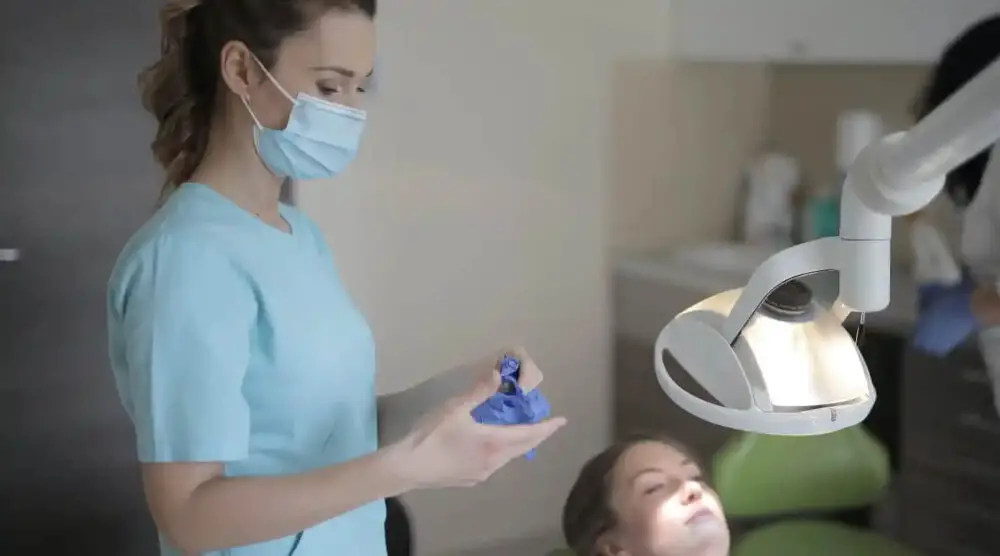
In conclusion, sinus pressure in your teeth can be an extremely uncomfortable experience. However, there are several quick and effective ways to alleviate this pain. From using a warm compress to practicing nasal irrigation, these remedies can help reduce inflammation and congestion within the sinuses. Additionally, incorporating healthy lifestyle habits such as staying hydrated and avoiding allergens can also provide relief. By utilizing these methods, individuals can find relief from sinus pressure and enjoy a pain-free day.
